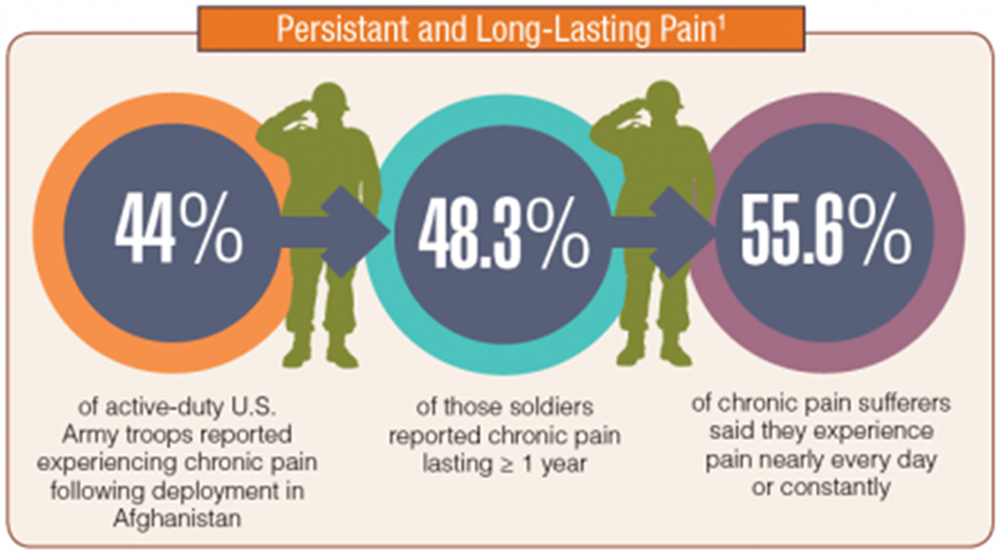Spinal Manipulative Therapy in Older Adults with Chronic Low Back Pain: An Individual Participant Data Meta-analysis
Spinal Manipulative Therapy in Older Adults with Chronic Low Back Pain: An Individual Participant Data Meta-analysis
SOURCE: European Spine Journal 2022 (May 28) [EPUB]
| OPEN ACCESS |
Alan Jenks, Annemarie de Zoete, Maurits van Tulder, Sidney M Rubinstein, International IPD-SMT group
Faculty of Science,
Department of Health Sciences,
Vrije Universiteit,
Gebouw MF, Flexruimte,
Van der Boechorststraat 7,
1081 BT, Amsterdam,
The Netherlands.
Purpose: Many systematic reviews have reported on the effectiveness of spinal manipulative therapy (SMT) for low back pain (LBP) in adults. Much less is known about the older population regarding the effects of SMT.
Objective: To assess the effects of SMT on pain and function in older adults with chronic LBP in an individual participant data (IPD) meta-analysis.
Setting: Electronic databases from 2000 until June 2020, and reference lists of eligible trials and related reviews.
Design and subjects: Randomized controlled trials (RCTs) which examined the effects of SMT in adults with chronic LBP compared to interventions recommended in international LBP guidelines.
Methods: Authors of trials eligible for our IPD meta-analysis were contacted to share data. Two review authors conducted a risk of bias assessment. Primary results were examined in a one-stage mixed model, and a two-stage analysis was conducted in order to confirm findings.
Main outcomes and measures: Pain and functional status examined at 4, 13, 26, and 52 weeks.
Results: 10 studies were retrieved, including 786 individuals, of which 261 were between 65 and 91 years of age. There is moderate-quality evidence that SMT results in similar outcomes at 4 weeks (pain: mean difference [MD] – 2.56, 95% confidence interval [CI] – 5.78 to 0.66; functional status: standardized mean difference [SMD] – 0.18, 95% CI – 0.41 to 0.05). Second-stage and sensitivity analysis confirmed these findings.
There is more like this @ our:
MEDICARE Section and the:






